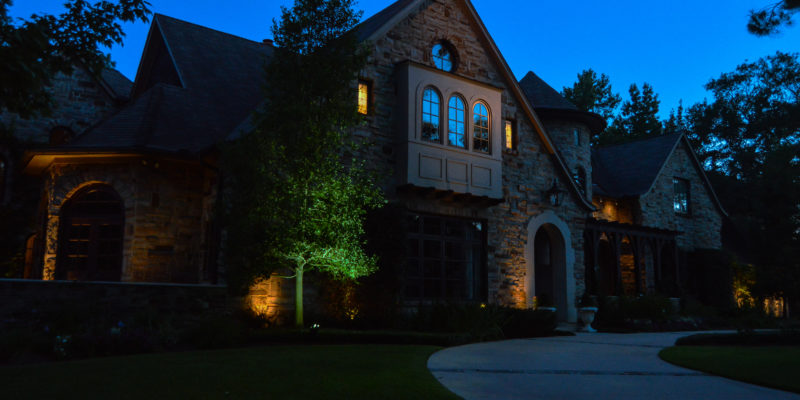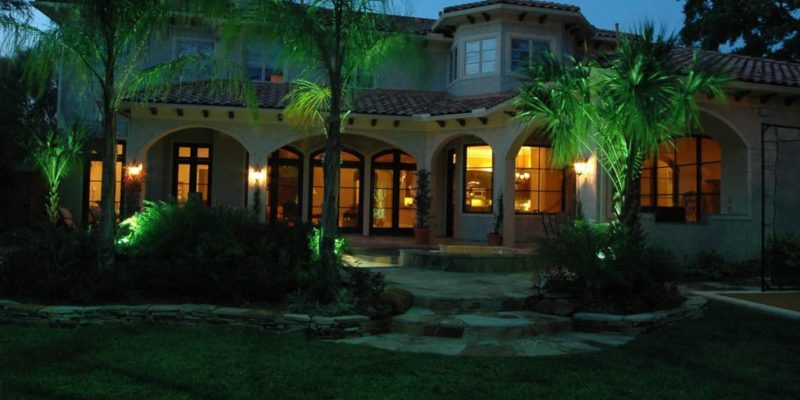Do Houston LED Lights Attract Bugs? What You Need To Know
Part 2
Heat
HID, CFL, halogen, and incandescent bulbs waste off lots of energy in the form of heat, with some wasting as much as 90% of the energy provided. This makes these bulbs visible to bugs with thermal receptors, one of the reasons you’ll notice dozens of bugs hovering around the bulbs when turned on. LED bulbs, on the other hand, produce very little heat. This fact alone makes them almost invisible to bugs with thermal receptors.
Warm-Colored & LED Bug Lights
LED bug lights are designed to emit a peak light wavelength of between 550 and 600 nanometers. They have a yellow coating meant to help reduce the color temperature produced, making them almost invisible to bugs. These LED bulbs are thus recommended for outdoor applications and especially around gardens, the lawn, and pathways. Warm-colored LED lights, on the other hand, are specially designed to be invisible to bulbs. Yellow malibu light bulbs, yellow strip lights, and gold-filament bulbs are good examples of warm-colored lights intended for not only landscaping applications but to repel bugs as well.
In a study conducted to determine the best bulbs for outdoors, incandescent bulbs showed to attract more bugs, followed by compact fluorescent bulbs, then halogens, and finally LEDs with a cool color temperature. Bug light is the least attractive of all hence considered the best for outdoor applications. Warm colored Led bulbs are also recommended for they produce very little heat and blue light, therefore offer exceptional directional lighting. This makes them the perfect pick for precise and focused outdoor lighting.
Non-Traditional Twist On LED Bug Lights
While warm LED bulbs are known to be almost invisible to bugs, some manufacturers have been able to produce LED options aimed at drawing bugs in, then eliminate them in the process. These bulbs produce a white illumination coupled with a UV light in a cage at the center. Bugs are thus attracted to the UV light, causing them to be electrocuted on getting in contact with the bulb’s high-voltage electric grid.
Final Thoughts
Different light wavelengths attract different types of insects. That said, there’s no guarantee switching to LED bulbs will make your outdoors free of bulbs. One thing is, however, for sure, fewer bugs will be drawn to LED bulbs. It is also worth noting that bugs use various light wavelengths (e.g., ultraviolet) to navigate. This explains why most of them come out at night, with very few moving at all in the stillest and darkest of nights. That said, investing in light bulbs producing a warmer light and less heat, such as LEDs that produce longer wavelengths (under 3300k), can help reduce the presence of bugs in your garden. That said, consider replacing all those heat and UV emitting incandescent, compact fluorescent, halogens, and HID lights with the more energy-efficient and bug-repelling LED bulbs.
Robert Huff Outdoor Lighting: Houston’s Premier Landscape Lighting Experts
With more than 30 years’ worth of experience in Houston’s landscape lighting industry, we offer both commercial and home outdoor lighting solutions for all in Houston. We are a fully licensed and insured company in Houston willing to work hand-in-hand with you to produce the best results you ever wished for. Our team of highly trained and friendly experts will strive to provide you with a custom lighting design that is aesthetically pleasing and functional, and at an affordable rate. We will transform your ordinary outdoor space into a majestic one. Feel free to call us or contact us today! Click here for the first article of this series.


